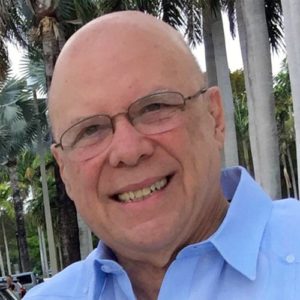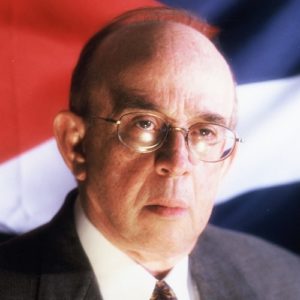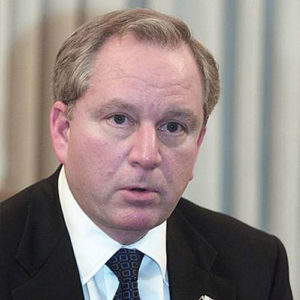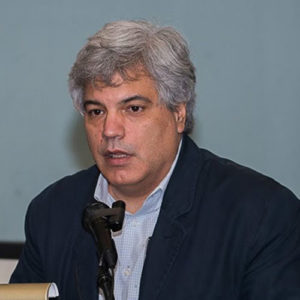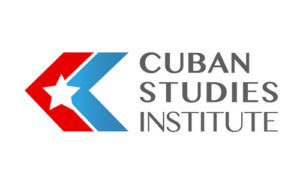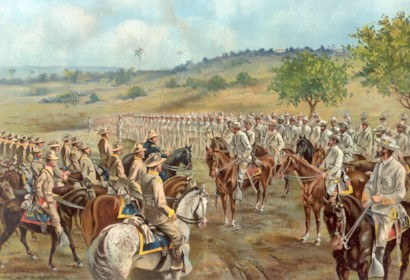 On November 30, 1956, Frank País led the Santiago uprising, scheduled to coincide with Fidel Castro’s landing near the Sierra Maestra, Oriente. A few weeks before, Frank País, the 23-year old “Santiaguero,” traveled to Mexico for a final meeting to coordinate the internal rebellion and Castro’s return to Cuba.
On November 30, 1956, Frank País led the Santiago uprising, scheduled to coincide with Fidel Castro’s landing near the Sierra Maestra, Oriente. A few weeks before, Frank País, the 23-year old “Santiaguero,” traveled to Mexico for a final meeting to coordinate the internal rebellion and Castro’s return to Cuba.
On August 5, 1956, and running out of time for his announced invasion by year’s end, Castro crossed the the Río Grande. As a wetback, he slipped into the U.S. and went to McAllen, Texas, for a pre-arranged meeting with former president Carlos Prío at the hotel “Casa de las Palmas.” In McAllen, Castro was given $50,000. He went back to Mexico with Prío’s cash. The plan called for a combined landing at “Playa Colorada,” and a large uprising of the Oriente underground. Frank proposed scaling down the operation. He believed that the movement was short on weapons and was not ready for a fight of that magnitude. An alternative option was for Castro to slip into Oriente with a few men, move undetected into the thick forest cover of the Sierra Maestra, where the underground could reinforce him with men and equipment. Castro insisted on the original plan, however, and prevailed.
Early on November 30, the rebel groups got their weapons ready, and at 7 a.m. the uprising was on. The main targets were the Police Station located on the Intendente Hill, near the well-known “Calle Padre Pico.” Jose “Pepito” Tey and Otto Parellada led this commando assault (they both died in the attack). Jorge Sotús and Roberto Roca led the attack on the other major target at the Naval District headquarters, located by the Bay in Michaelsen Avenue. There were other targets throughout the city and a legion of heroes in the uprising.
Frank País’ command post was the home of Suzette Bueno de Rosseau, located in the corner of Santa Lucía and San Félix Streets. His son Santiago “Sandy” Rosseau, my dear friend, is a veteran of the Brigade 2506.
Taken by surprise, the Moncada Garrison hesitated and the rebellion spread into the city streets. Dressed in green fatigue uniforms with red and black armbands, the movement took control of the downtown area. Jorge Sotús occupied the maritime building and burned it down. The police station was also burned to the ground. They cut power lines, sabotaged railroad tracks and bridges, but by midafternoon, the army began retaking the city and crushed the uprising. Frank País barely escaped and fled underground.
This is a brief narrative of the heroic uprising. There are some excellent books on Frank País and the November 30, 1956 rebellion in Santiago de Cuba. “Mi Vida” written by Enrique Canto Bory and “Frank País” by José Álvarez, Ph.D.
*Pedro Roig is Executive Director of the Cuban Studies Institute. Roig is an attorney and historian that has written several books, including the Death of a Dream: A History of Cuba. He is a veteran of the Brigade 2506.

